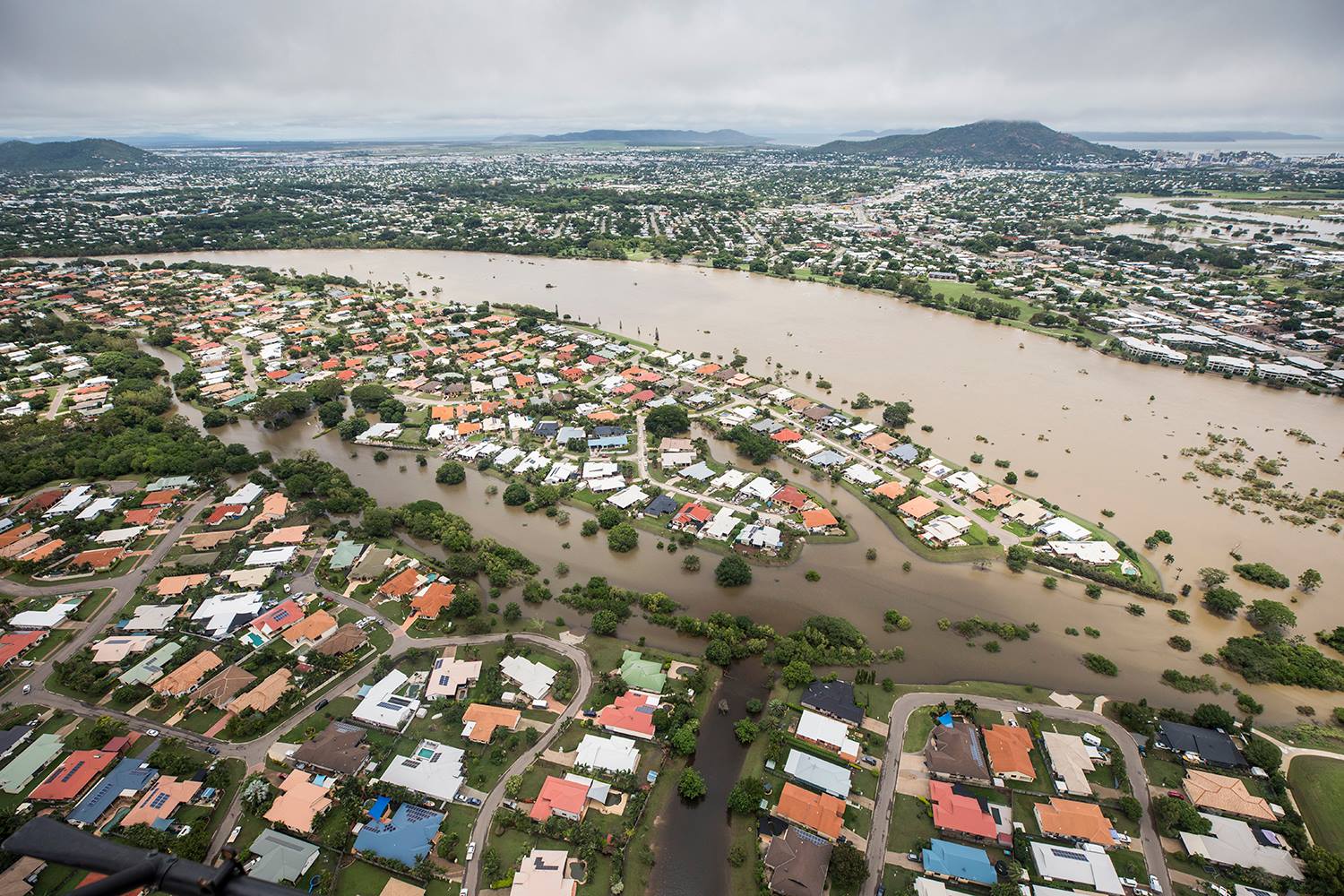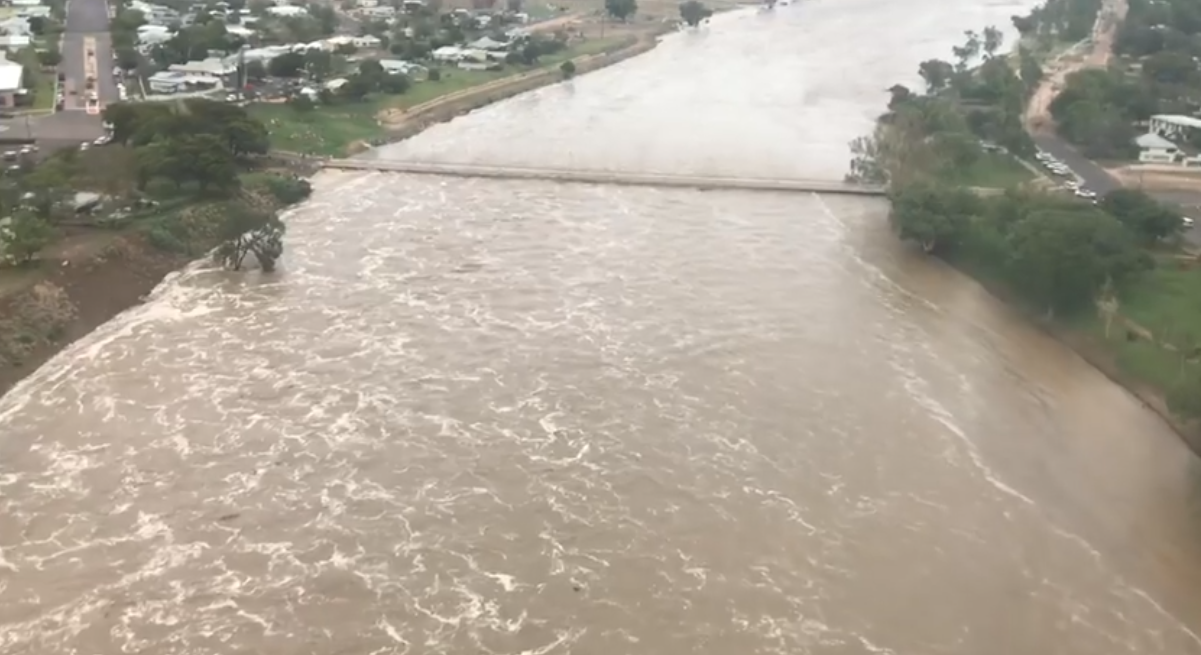The Asbestos Safety and Eradication Agency (ASEA) has called for a clear, nationally consistent approach to managing asbestos in water mains.
The call comes after a new report examining six cases of rehabilitation of asbestos cement water and sewerage pipes in Victoria, Queensland and Western Australia, and identifying best practice for safe and effective management and removal.
“Around one quarter of Australia’s water main pipes as well as 5000km of sewer mains contain deteriorating asbestos,” ASEA chief executive officer Peter Tighe said.
“While there is no evidence that asbestos in cement pipes is a danger to drinking water, planning for the long term management of asbestos is important for community safety.
“Currently, the cost of rehabilitation of asbestos water pipes is around $400 million nationally. This cost is expected to rise significantly as the infrastructure ages, and this has implications for water consumers.
“However, there are no nationally consistent regulations around asbestos pipeline programs.
“Water authorities and governments around the countries are encouraged to follow the findings of this report to ensure that planning is in place, and that best practice in removal of legacy asbestos from water mains is followed.”
Asbestos Safety and Eradication Agency recommendations
The agency recommends governments, water authorities and the industry all work toward the development of a clear set of nationally consistent regulations around practices to remove asbestos from water mains.
Based on the six case studies of asbestos removal from water and sewer mains, ASEA has made best practice findings around:
- the importance of long term planning to ensure that costs and other issues are factored into water authorities’ future plans
- detailed and sophisticated policies and procedures to manage risk and ensure safety
- improved communication with the public around disruptions
- better collaboration between government, water authorities and industry around findings on long term management of asbestos in water pipes
The full report can be accessed here


